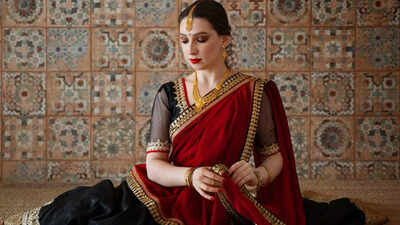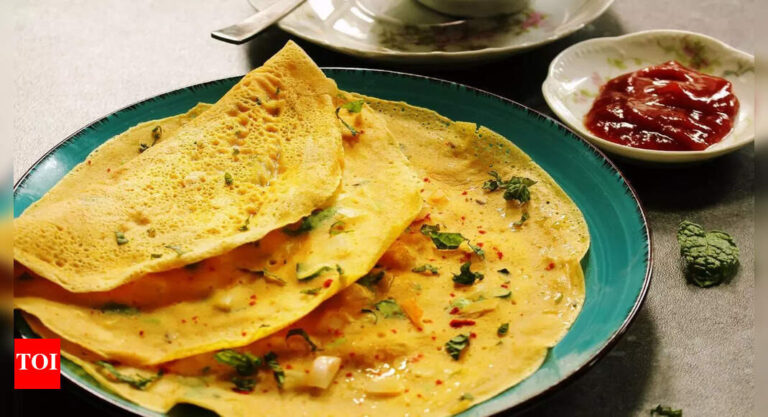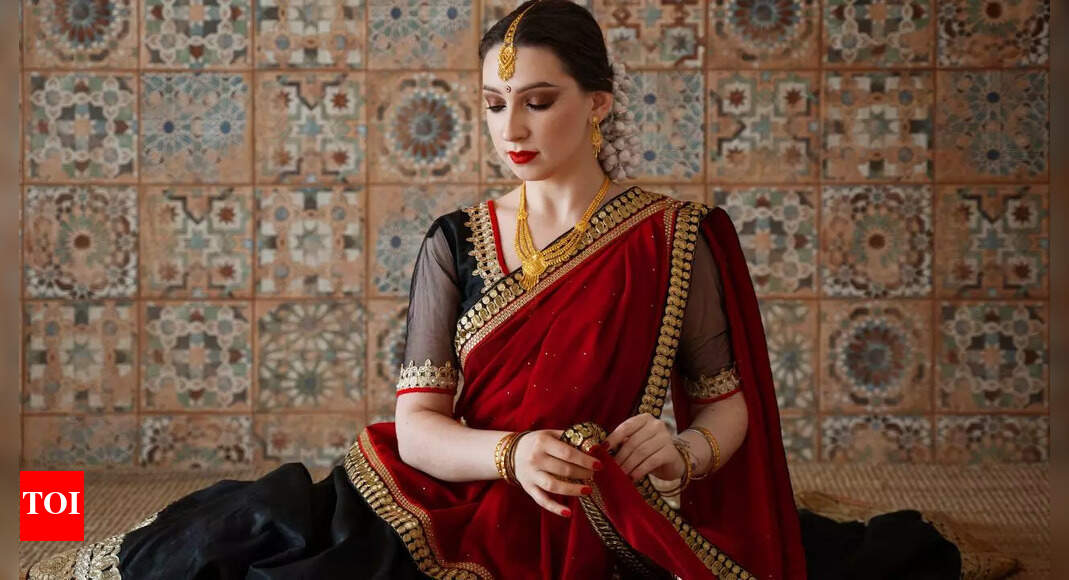
If there is one garment that can make an Indian woman feel instantly regal, it’s the saree. Six yards of sheer grace, a saree can be timeless, trendy, and a personal style statement all at once. But here’s the truth: you don’t have to spend a small fortune to own a awe-worthy drape. The art lies in knowing where to shop, how to recognise fabrics, and how to bargain like a pro, skills your grandmother probably had down to a science. Here’s an easy guide for your next shopping trip.
Choose your saree-hunting ground wisely
The place you shop will define your experience and your bill.Local bazaars and wholesale markets: If you’re in Delhi, Chandni Chowk is your playground. In Mumbai, Dadar market is a goldmine. Kolkata? Gariahat. These markets are brimming with options that are often half the price of a boutique.Small-town treasures: Ironically, tier-2 cities and even villages often have better deals on handloom sarees than big metros, simply because you’re closer to the weavers.
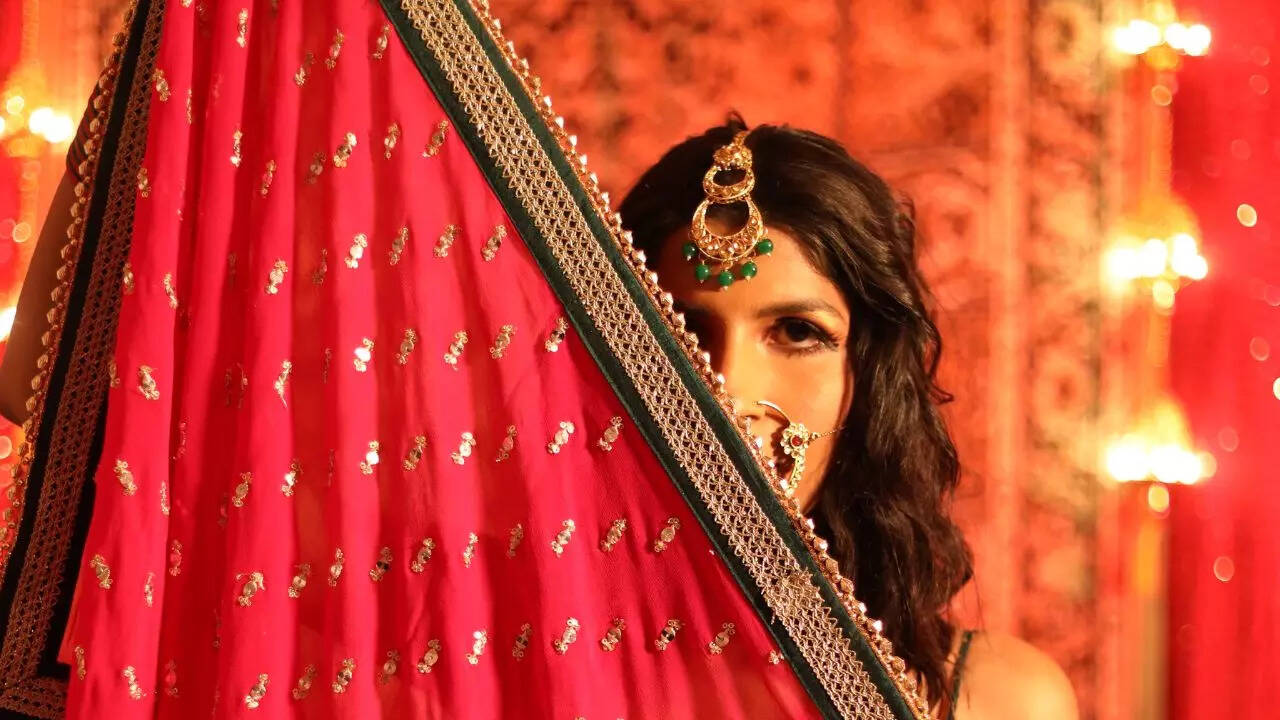
Why choose one when you can have both? A red and pink saree mixes the bold spirit of red with the playful charm of pink, perfect for Teej, Rakhi, or any Sawan celebration. Whether you opt for Banarasi silk or georgette, this combo is a surefire way to stand out.So, are you ready to soak in the Sawan vibes in style? Bring out thse red sarees, add a dash of kajal, some jhumkas, and let the festivities begin!
Pop-up exhibitions: Check for city exhibitions or “handloom melas” that bring artisans directly to you—this is where bargaining meets direct-from-maker quality.Remember, go on a weekday morning. The crowds are thinner, and sellers are more likely to give you a better price early in the day.
Learn to recognise fabrics
Even the prettiest saree can feel like a mistake if it scratches your skin or droops awkwardly. Knowing your fabrics helps you spot real value.Silk: Real silk has a natural sheen, is soft to touch, and if you crush it in your hand, it springs back without wrinkles. Fake silk often feels slippery and has an unnatural shine.Cotton: Perfect for summers, cotton sarees breathe well and drape lightly. Run your hand over the fabric, it should feel crisp but not stiff.Georgette/Chiffon: Great for a flowy, glamorous drape. The real fabric feels slightly grainy (georgette) or ultra-light (chiffon) and doesn’t snag too easily.Blended fabrics: Many budget sarees are made with mixed fibres. That’s fine, just make sure they’re breathable and won’t turn into a sauna in humid weather.Quick test: Hold the saree up to the light, uneven threads and slubs often indicate handwoven charm, while completely uniform weaves suggest machine production.
Master the bargaining game
Think of bargaining as a friendly sport, not a street fight. In Indian markets, the quoted price is often just a polite invitation to negotiate.Rule 1: Never show too much excitement. The moment your eyes sparkle, the price will magically stiffen.Rule 2: Start at 50–60% of the asking price in street markets. For shops, 20–30% is realistic.Rule 3: Bundle buys. If you pick two or three sarees, sellers are more likely to shave off a bigger amount.Rule 4: Walk away—seriously. Pretend to leave; nine times out of ten, they’ll call you back with a better offer.And yes, keep small notes handy, there’s something about exact cash that seals a bargain faster.
Check the details before you buy
Budget-friendly shouldn’t mean flimsy. Scan for these deal-breakers:Loose threads or uneven edges: Indicates poor finishing and can unravel quickly.Fading or patchy dye: Especially in printed cottons. Rub a small section with a damp tissue, if the colour bleeds, you’ll be crying in your laundry room later.Tear-prone zari: If the metallic thread in a Banarasi or Kanjivaram feels rough and comes away when scratched lightly, it’s not worth it.Also, confirm whether the blouse piece is included, sometimes the shopkeeper “forgets” to mention it’s extra.
Explore handloom and regional specials
On a budget, handlooms can seem intimidating, but you can often score amazing deals if you know what to look for:Kota Doria from Rajasthan: Light, airy, and great for everyday elegance.

(Image Credits: Instagram)
Pochampally Ikat from Telangana: Vibrant patterns that look far more expensive than they are.Mangalgiri cotton from Andhra Pradesh: Crisp and classy for workwear.Buy directly from weavers if you can, they often sell at prices 30–40% lower than retail stores.
Play with colour and pattern for longevity
If you are buying on a budget, pick colours and prints you can re-wear in multiple ways.Neutrals & jewel tones: Deep maroon, navy, emerald, beige, and charcoal grey look rich even in inexpensive fabrics.Small motifs over large prints: Smaller prints look elegant longer, while large trendy patterns can date quickly.Border drama: A striking border can make a simple saree look expensive and it helps disguise signs of wear over time.
Be open to pre-loved finds
Some of the most exquisite sarees we own are often pre-loved. Vintage silk sarees, especially from older relatives or thrift stores, can be absolute treasures and they often cost a fraction of their original value.Just check for stains, tears, and odour (a must if it’s been sitting in a trunk for decades). Dry cleaning can work wonders.Saree shopping on a budget isn’t about compromise, it’s about clever choices. Once you know where to shop, how to read a fabric’s story, and how to play the bargaining game, you can walk away with a drape that looks like a million bucks without your wallet crying in the corner.
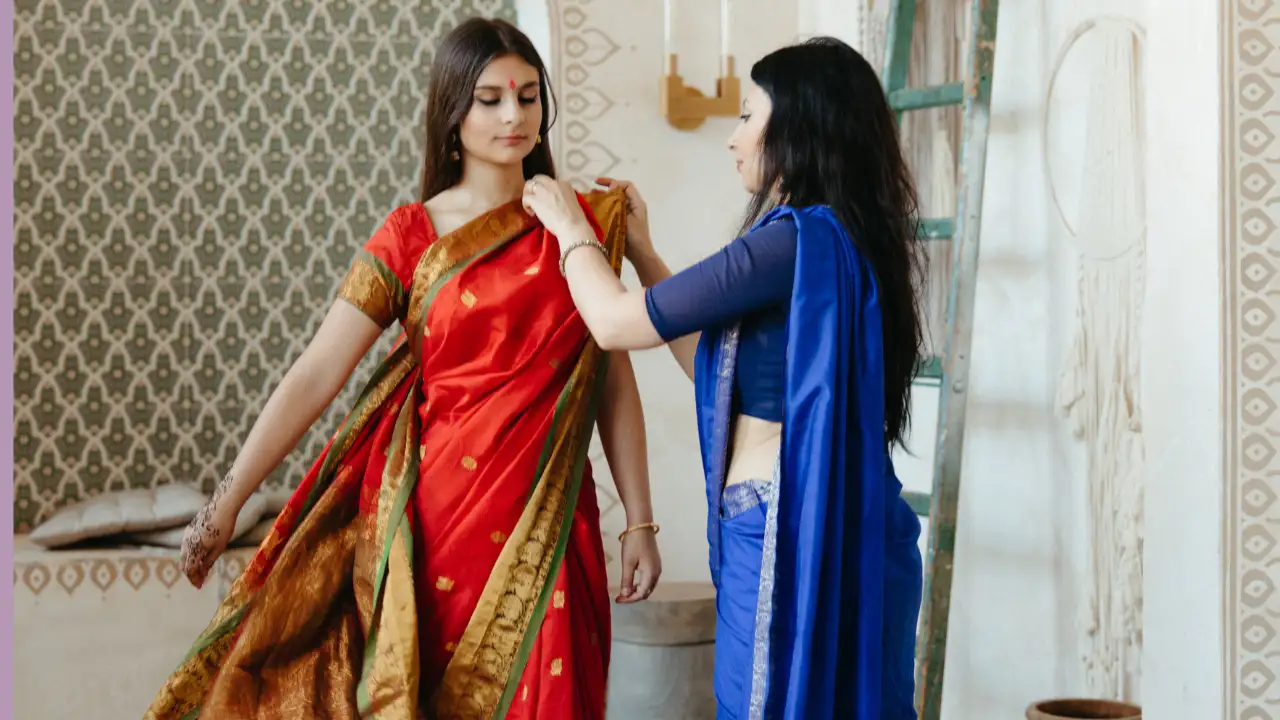
Silk sarees are a classic symbol of Indian ethnicity with grace. A heavy silk saree is a thing of beauty—regal, elegant, and timeless—and every woman should own one. Whether it’s a Kanjivaram, Banarasi, or Patola, draping it right is what can drop or elevate your entire look. But if not draped well, a silk saree can quickly become bulky, uneven, or even overwhelming. If you’ve ever struggled with pleats that puff or pallus that slip while wearing a silk saree, you’re not alone. Here’s how to drape a heavy silk saree the right way—by avoiding these 5 common mistakes.
And the best part? Every saree you buy this way will have its own story, of the shopkeeper who reluctantly dropped the price, the market you explored with friends, or the weaver who smiled as he handed you his creation. That’s the real luxury: wearing something that feels personal, not just purchased.So next time you are out hunting for six yards of magic, take this guide with you. Your perfect saree is out there, waiting to be found, bargained for, and draped with pride.

